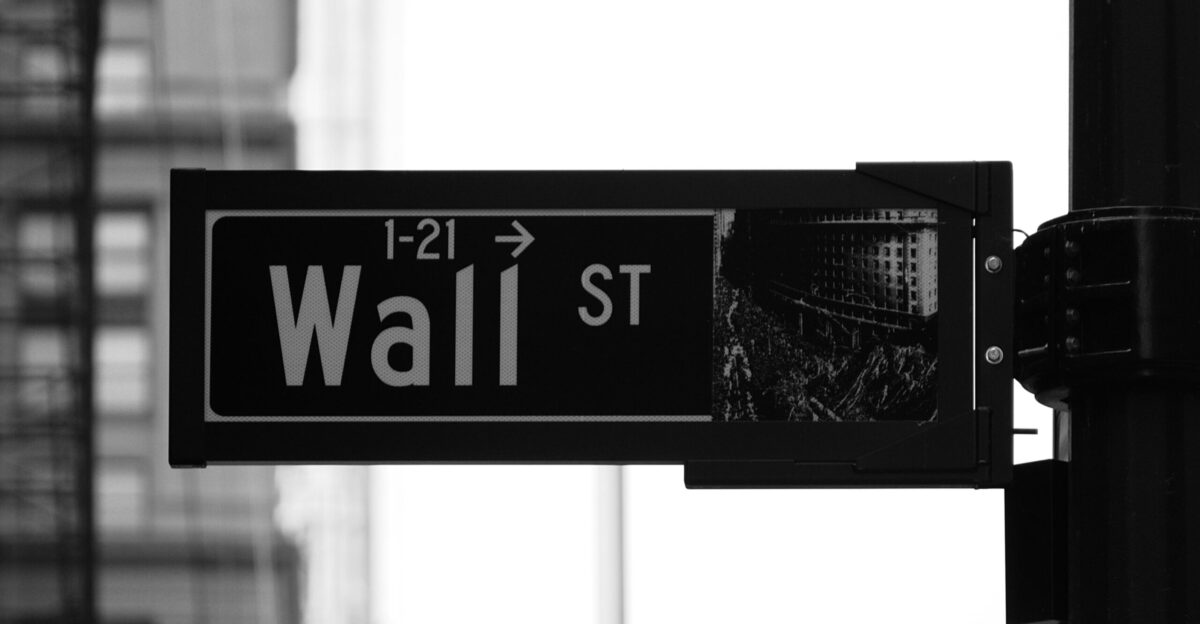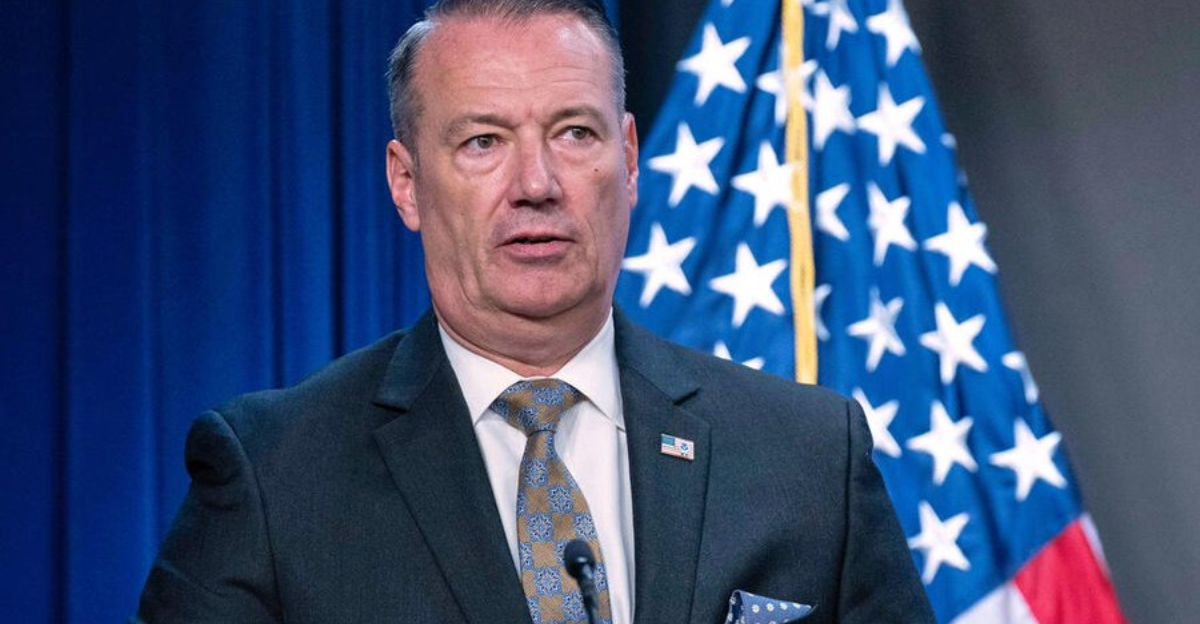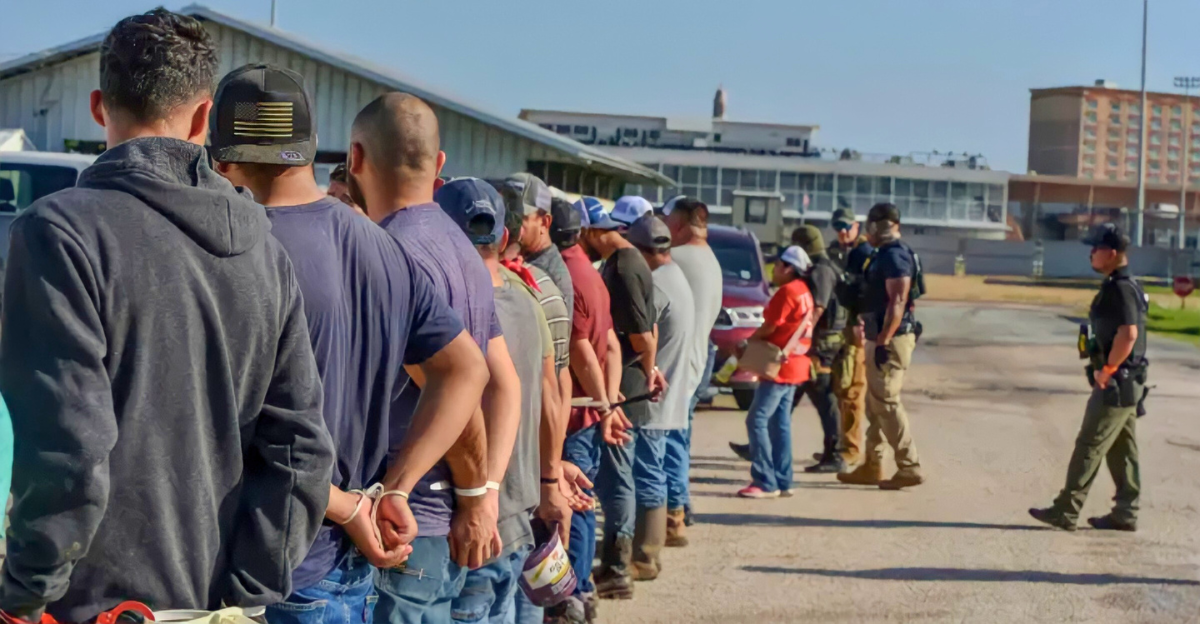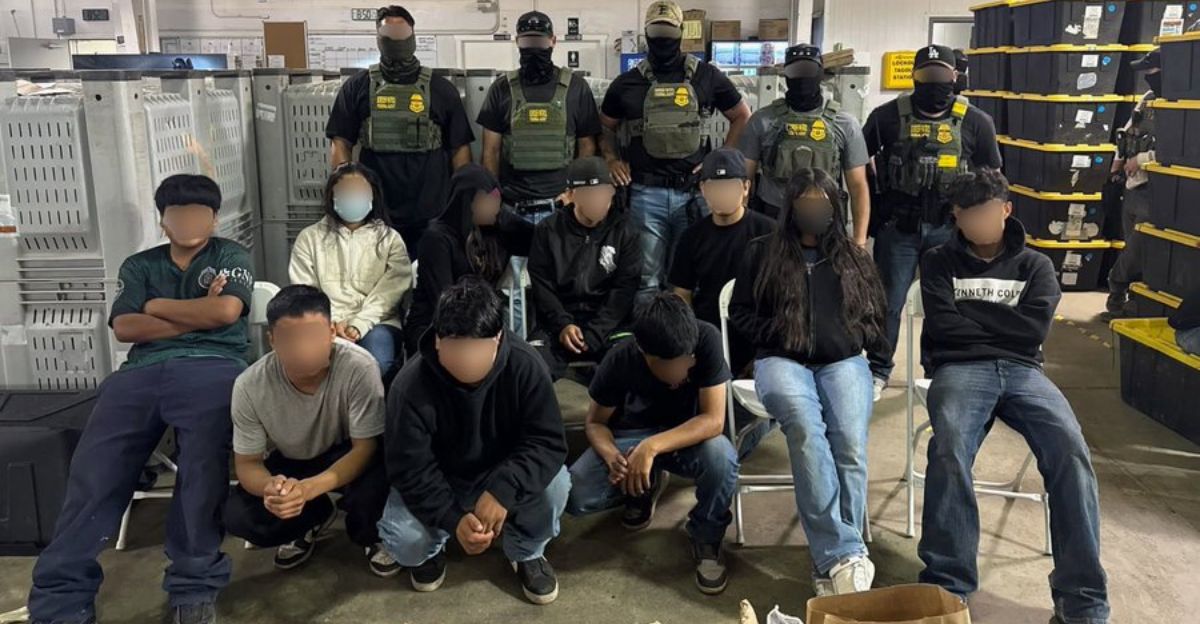
Families across the U.S. felt the pressure again in mid-July, as the Bureau of Labor Statistics reported a 0.3 percent rise in the Consumer Price Index for June this year, the biggest monthly jump since January’s 0.5 percent surge. Shelter costs played a major role, climbing 0.2 percent in the same report.
Year-over-year, headline inflation is now 2.7 percent higher. While wages ticked up just 0.2 percent, real average weekly earnings fell 0.4 percent, shrinking household buying power. Since the CPI covers urban areas across every census region, economists say the squeeze isn’t limited to coastal cities. With another data release coming soon, many are asking: will prices ease, or keep climbing?
Main Street Feels the Squeeze

Wall Street had a mixed reaction to June’s inflation numbers. The Dow dropped nearly 1%, the S&P 500 slipped 0.4%, while the Nasdaq edged up 0.2%. But the real impact showed up in daily life. CNBC reports that prices for tariff-sensitive goods like appliances, clothing, and furniture are jumping by 8% to 15%, much faster than the overall inflation rate.
Deutsche Bank analysts say the rebound in headline inflation, from 2.4% in May to 2.7% in June, could delay Fed rate cuts. Shelter costs remain the biggest strain, and if tariffs and housing shortages continue, Americans may feel even more financial pain.
The Inflation Rollercoaster Isn’t Over

In February, Axios reported signs of relief as inflation cooled, prices rose just 0.2% that month after staying mostly flat the previous summer. But that trend reversed when new tariffs hit. In April, a 10% baseline tariff on most imports kicked in. By June, steel and aluminum tariffs had doubled to 50%, disrupting supply chains and driving up costs.
Core inflation, which excludes food and energy, has bounced month to month. Still, it rose from 2.8% to 2.9% annually in June. Economists say housing, services, and labor costs are keeping inflation stubborn. Shelter, up 3.8% yearly, continues to hit families hardest.
When Tariffs and Labor Costs Collide

Economic risks are piling up. PNC Bank’s July 15 update shows shelter costs rising at a 3.8% annual pace in June, up from 3.3% in May, while tariffs continue pushing prices higher for appliances, apparel, and furniture.
Labor shortages are also driving wage pressure, especially in farming and meatpacking. The Kaiser Family Foundation reports that 66% of farmworkers are noncitizen immigrants, with nearly half lacking work authorization. Undocumented workers make up 30–50% of the meatpacking workforce.
PNC’s Jay Hawkins has warned that rising wages and tariffs create inflationary momentum. Deutsche Bank predicts inflation could breach 3% by year-end, straining household budgets even further.
ICE Chief Announces Sweeping New Crackdown

On July 20, Acting ICE Director Todd Lyons told CBS News that immigration enforcement is “about to get tougher.” Agents will now arrest anyone in the U.S. illegally, even those without criminal records, and large-scale work-site raids have already resumed after being paused under the previous administration.
Lyons confirmed the White House’s target of one million deportations annually, calling it “possible” thanks to $75 billion in new ICE funding. That includes $45 billion for detention beds and $30 billion for removal operations. He also vowed to pursue criminal cases against employers who hire unauthorized workers.
The crackdown comes as the U.S. faces 7.8 million job openings and 2.7% inflation, raising concerns about added strain on labor-starved industries and rising prices.
Nebraska Raid Shakes Meat Industry

The first major ICE raid under the new policies hit Glenn Valley Foods in Omaha on June 10. U.S. Congressman Don Bacon told Reuters that 75 to 80 workers were detained in what DHS called Nebraska’s largest immigration raid under the current administration. ICE released video showing masked agents fingerprinting workers accused of using false documents, even though the plant used E-Verify to check eligibility.
Meat experts say losing staff at one processor can disrupt beef prices regionally. The raid cut Glenn Valley’s staffing to 30% and production to 20%.
With food inflation at 3.0% annually, more raids could tighten supply and push prices higher. Since immigrants make up over half the meatpacking workforce nationwide, further enforcement could worsen inflation in an already strained industry.
The Human Cost Behind the Raids

Outside the Omaha plant, Nebraska Public Media captured a scene of heartbreak during the ICE raid. Families watched as protesters hurled water bottles and rocks at departing vehicles, shattering the back window of one unmarked car. At least 63 detainees were sent to Lincoln County jail in North Platte, while others were moved to federal facilities or deported.
Churches, nonprofits, and childcare centers scrambled to help. Nine families in local programs were directly impacted, and staff worried about students missing meals tied to summer attendance.
The fear rippled beyond the workplace. For Omaha’s immigrant community, the toll wasn’t just economic; it was deeply personal.
California Cannabis Farms Raided

This month, federal agents raided two licensed Glass House cannabis farms in California’s Ventura County, arresting at least 361 undocumented workers and rescuing 14 migrant minors. The DHS-led operation marked one of ICE’s largest actions against a legal cannabis business, targeting facilities in Carpinteria and Camarillo.
During the Camarillo raid, a farmworker, Jaime Alanis, died after falling from a greenhouse roof while allegedly fleeing agents. Protests erupted, and the FBI is now seeking a suspect who fired at officers, no injuries were reported. Agents used tear gas and less-lethal rounds to disperse crowds.
The raid sent shockwaves through California’s $5 billion cannabis industry.
ICE Plans Even Broader Searches

The crackdown is just beginning. The ICE now has access to the Medicaid enrollment database, which includes records for 79 million people. Through an agreement with the Centers for Medicare and Medicaid Services, the Department of Homeland Security can now use this data to locate immigrants potentially living in the country unlawfully, a significant expansion of federal surveillance in immigration enforcement.
Industries like construction, hospitality, and elder care already face major labor shortages. If even 20% of immigrant workers were removed, economists estimate labor cost inflation could rise by 0.3 percentage points, driving up everyday prices in food service, lodging, and care.
More Price Hikes Could Be Coming

With tariffs holding steady and immigration enforcement ramping up, Deutsche Bank warns inflation could soon top 3 percent. The Federal Reserve’s favored gauge remains above 2 percent, limiting chances for rate cuts.
Meanwhile, the National Retail Federation warns worker shortages may disrupt supply chains as retailers prepare for the holiday season. Will the government ease enforcement to prevent more price spikes, or stay the course? Either way, Americans are likely heading into fall facing inflation and immigration as key issues shaping their daily lives and budgets.
